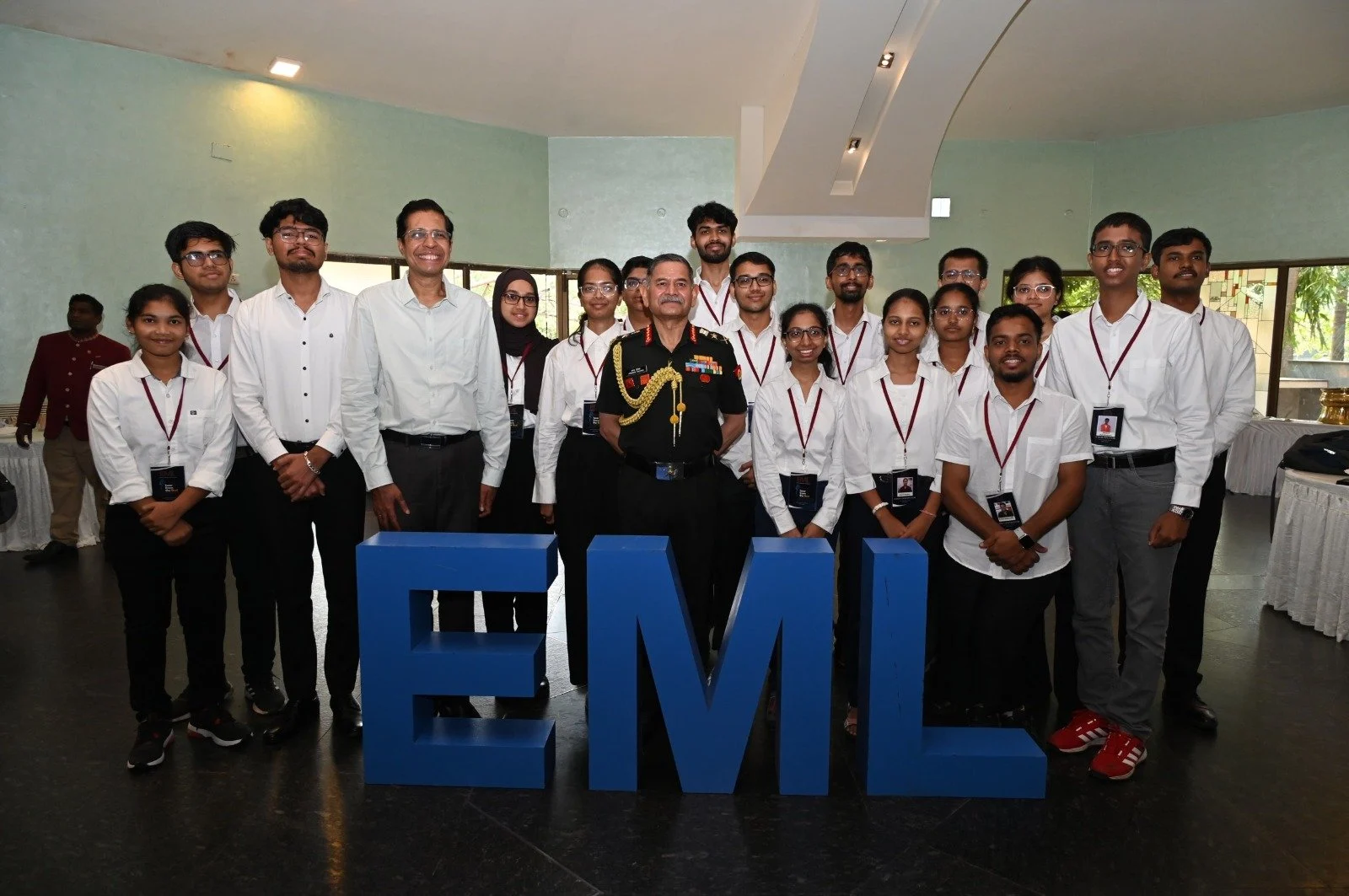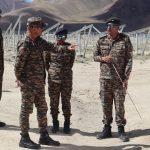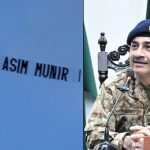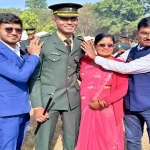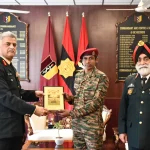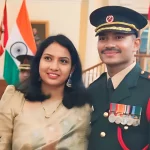Chennai, August 4 – In a significant push towards self-reliance in defence technology, General Upendra Dwivedi, Chief of the Army Staff (COAS), inaugurated the ‘Agnishodh’ Indian Army Research Cell (IARC) at IIT Madras. The launch marks a milestone collaboration between the Indian Army and the premier technical institute, aimed at accelerating research-driven solutions for real-time military applications.
The establishment of Agnishodh aligns with the Army’s broader transformation agenda under the Five Pillars of Transformation outlined by the COAS. The new research facility specifically advances the pillar of Modernisation and Technology Infusion, bringing academic excellence into direct interface with operational defence needs.
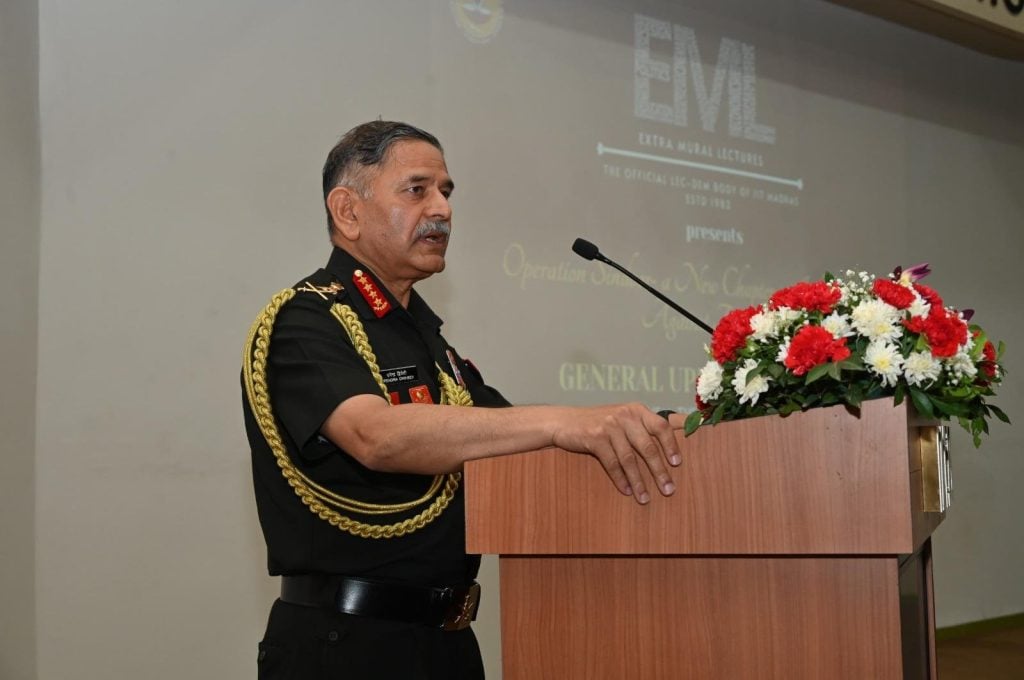
Addressing the gathering at IIT Madras on the theme “Operation Sindoor – A New Chapter in India’s Fight Against Terrorism,” General Dwivedi hailed the recent tri-services operation as a landmark in India’s counter-terrorism efforts. He said the 88-hour offensive was unprecedented in scale, depth, and strategic impact. Stressing the evolving character of warfare, the COAS highlighted that the Armed Forces are prepared for fifth-generation warfare involving non-contact combat, psychological operations, and rapid strategic execution.
He also reaffirmed the Indian Army’s commitment to Swadeshikaran Se Sashaktikaran, highlighting key technological partnerships under national missions such as INDIAai, Chip-to-Startup, and Project QuILA. He acknowledged collaborative successes with IIT Delhi, IIT Kanpur, and IISc Bengaluru and praised IIT Madras for projects like SAMBHAV and additive manufacturing efforts with Army Base Workshops.
General Dwivedi said Agnishodh would serve as a catalyst to translate lab-scale innovations into field-ready military technologies. The cell will also function in synergy with the IIT Madras Research Park and leading institutions like the Advanced Manufacturing Technology Development Centre (AMTDC) and Pravartak Technologies Foundation.
Agnishodh will additionally focus on upskilling soldiers in emerging tech domains such as cybersecurity, quantum computing, additive manufacturing, wireless communication, and unmanned aerial systems, building a future-ready defence force.
Later, the COAS visited the Officers Training Academy (OTA), where he reviewed infrastructure and training developments. Commending the instructional staff, he emphasized the importance of preparing future leaders to tackle contemporary and hybrid warfare challenges. Reflecting again on Operation Sindoor, he noted that the swift and precise execution compelled Pakistan to call for a ceasefire within 88 hours.
He also met with veterans and honored four ex-servicemen with the Veteran Achievers Awards, recognising their continued service to the nation post-retirement.
This initiative marks another major step in the Indian Army’s journey toward becoming a tech-empowered and future-ready force by 2047.

